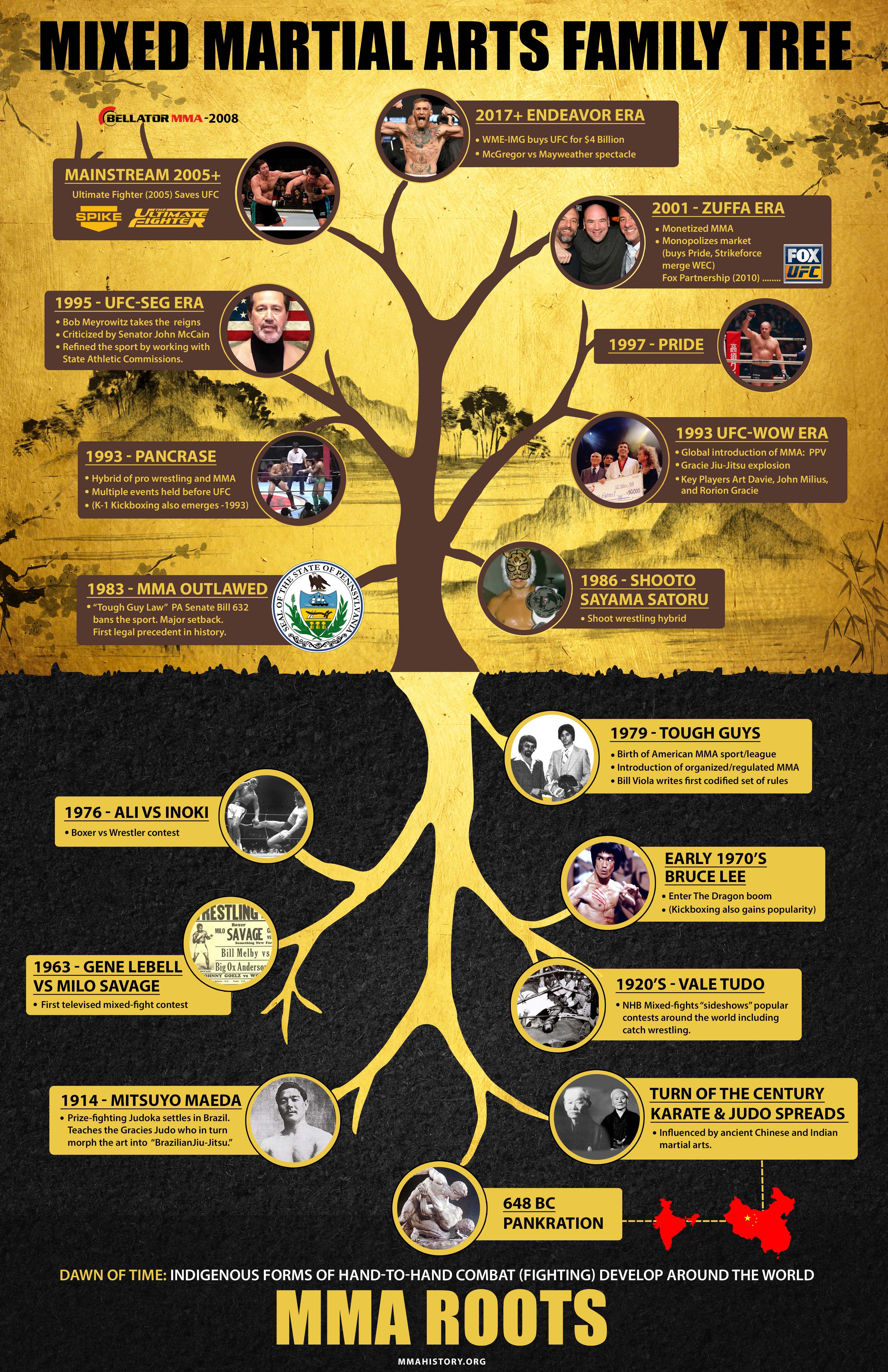Explore The Remarkable Evolution Of Martial Arts, Mapping Its Origins From Old Practices To The Cutting-Edge Techniques Exercised In Contemporary Times. Reveal The Mysteries That Exist Within This Enduring Self-Control
Explore The Remarkable Evolution Of Martial Arts, Mapping Its Origins From Old Practices To The Cutting-Edge Techniques Exercised In Contemporary Times. Reveal The Mysteries That Exist Within This Enduring Self-Control
Blog Article
Created By-Clemons Whitaker
Enter the world of martial arts, where old origins and contemporary methods clash in an exhilarating journey of technique and self-discovery.
As you explore the background and advancement of this exciting art form, prepare to be captivated by the social influences, technological improvements, and profound viewpoint that have actually shaped it over centuries.
From the field of battles of ancient civilizations to the training grounds these days, martial arts have stood the test of time, constantly adapting and expanding.
Each strike, each movement, carries with it the weight of plenty of years of tradition and knowledge, passed down through generations. This is a tale of strength, of warriors that sought not just physical prowess, but likewise self-confidence and harmony.
Join us on this remarkable expedition as we discover the keys, the tales, and the transformational power of martial arts.
Prepare to be inspired, tested, and for life changed by the background and advancement of martial arts.
Cultural Influences on Martial Arts
As you explore the history and evolution of martial arts, you'll swiftly discover the interesting methods which social impacts have shaped these combat strategies.
From the old civilizations of China and India to the much more recent growths in Japan and Brazil, martial arts have been heavily influenced by the cultures in which they stemmed.
For instance, Chinese martial arts, such as Martial Art and Tai Chi, are deeply rooted in the approach of Taoism and the principle of Yin and Yang.
In contrast, Japanese martial arts, like Martial arts and Judo, show the samurai warrior practices and the worths of technique and honor.
Likewise, Brazilian fighting style, Capoeira, combines components of African dancing and music, showing the cultural heritage of African slaves in Brazil.
These cultural influences not just give each fighting style its one-of-a-kind attributes yet additionally give a deeper understanding of the historical and social contexts in which they progressed.
Technological Advancements and Martial Arts
With the increase of innovative weapons and ingenious training devices, you've had the ability to improve your skills and adapt to the ever-changing combat landscape.
Technical advancements have revolutionized the way martial arts are exercised and taught. Virtual reality simulations currently enable you to learn realistic combat situations without the danger of physical harm. High-speed cameras record every action, allowing you to analyze and best your strategies. Wearable tools monitor your heart rate, breathing, and muscle activation, giving instantaneous responses on your efficiency.
Additionally, the growth of specific tools, such as resistance bands and dexterity ladders, has enabled you to enhance your speed, strength, and dexterity. These technological innovations have not only made training much more efficient but have additionally pressed the limits of what is possible in martial arts, permitting you to reach new elevations in your practice.
The Approach and Concepts of Martial Arts
The ideology and concepts of martial arts are deeply rooted in shaping your attitude and instilling self-control, emphasis, and regard in your method.
1. Frame of mind: Martial Arts teaches you to create a solid and resilient state of mind. It allows you to get rid of obstacles both on and off the mat, pressing your limits and being determined in the face of hardship.
2. Discipline: Martial Arts needs technique and self-discipline. Through regular training and adherence to strict regulations and methods, you learn to manage your impulses and create a strong job ethic.
3. Emphasis: Martial Arts requires extreme emphasis and concentration. By training your mind to be present in the moment, you enhance your capacity to respond rapidly and successfully throughout combat scenarios.
4. Respect: Martial Arts highlights regard for oneself, trainers, educating companions, and opponents. It educates you to value the abilities and experiences of others, fostering a feeling of friendship and gamesmanship.
Verdict
Congratulations on completing your journey with the exciting globe of martial arts! Throughout this exploration, you have witnessed the abundant history and impressive development of these combat practices.
From https://top-dui-attorneys77542.blogdosaga.com/30173055/crucial-credit-to-think-about-when-picking-a-leading-criminal-law-firm to the modern-day methods we see today, martial arts have been shaped by cultural impacts.
The combination of technology has likewise played a significant role in changing the method martial arts are shown and practiced in the present day.
Nonetheless, just click the following website is essential to keep in mind that martial arts are greater than just physical combat. They incorporate profound approaches and leading principles that exceed the plain act of fighting.
Take criminal justice attorney near me to reflect on this anachronistic journey and value just how the tradition of martial arts remains to flourish in the present, going beyond time and borders.
